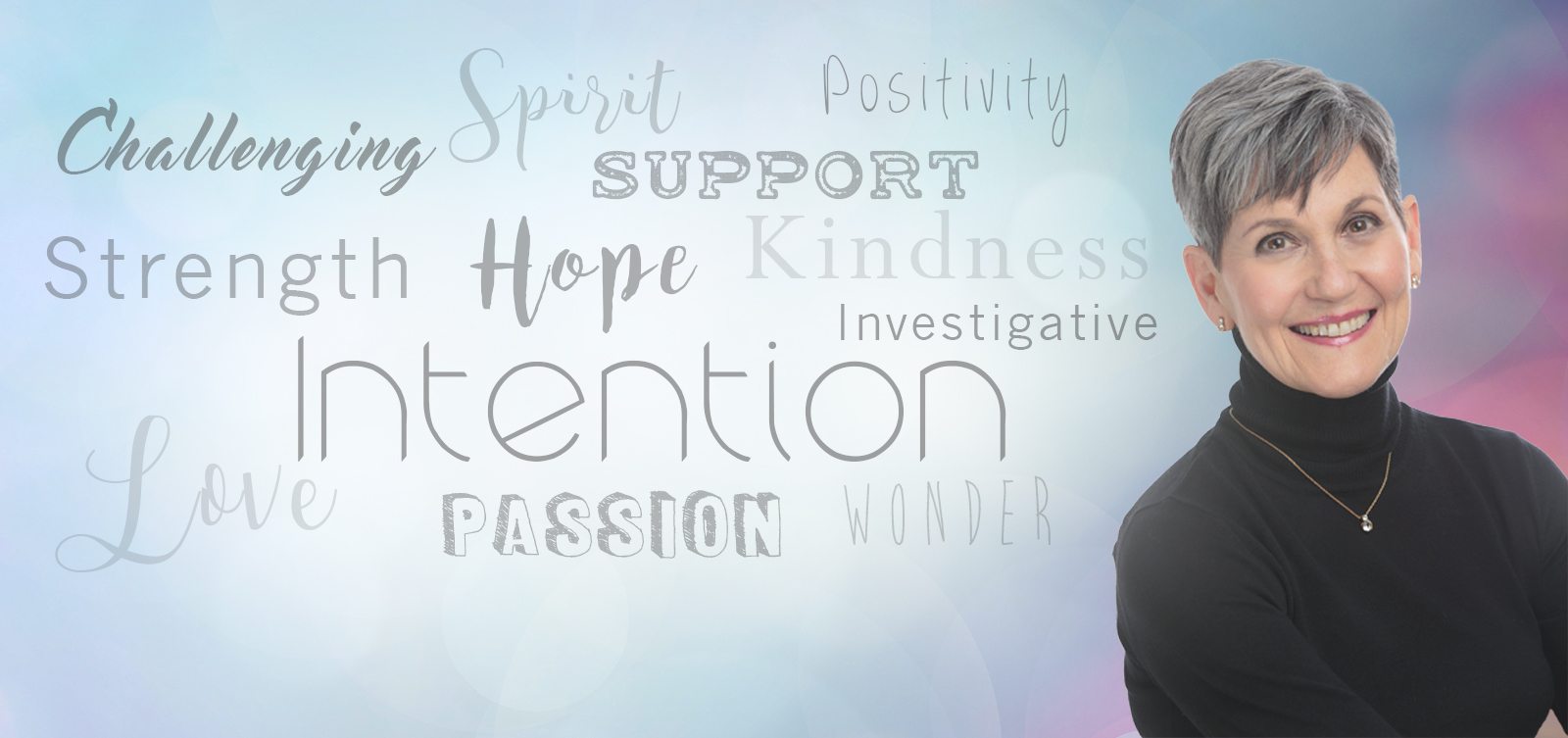
How inherent is human spirituality – even among non-believers? Is it there all along, but simply buried under conscious doubt and skeptical analysis, waiting to surface when we confront our own mortality?
How inherent is human spirituality – even among non-believers? Is it there all along, but simply buried under conscious doubt and skeptical analysis, waiting to surface when we confront our own mortality?
The answer is a resounding yes, according to new research examining what happens to atheists when they approach death. A new study from University of Otago in New Zealand recently published in the Journal of Experimental Social Psychology, discovered that when religious people think about their own deaths, they grow consciously and unconsciously drawn to greater religious belief.
When atheists consider their own mortality, on the other hand, they may grow more skeptical of religion on a conscious level, but unconsciously grow more receptive to religious beliefs.
Thinking death
The researchers, from the New Zealand university’s department of psychology, tested this through three ingenious studies involving 265 university students – some religious and others non-believers – and randomly assigned them to be ‘death primed’ – to write about their own deaths – or, as the controls, to simply to watch TV.
For the religious, writing about their own death caused a conscious strengthening of their belief in religious ideas and entities such as God, while it had the opposite effect with atheists. The disbelief among the ‘death-primed’ non-religious consciously strengthened.
According to Associate Professor Jamin Halberstadt, one of the study co-authors, this result fit with the widespread belief that fear of death prompts people to defend their own worldview.
Unconsciously devout
Nevertheless, a very different picture emerged when the researchers examined the atheists’ unconscious beliefs by measuring the speed with which the participants pressed a button affirming or denying the existence of God. After death-priming the religious participants were faster pressing the button confirming God’s existence, while the atheists were slower in pressing a button denying His existence.
‘These findings may help solve part of the puzzle of why religion is such a persistent and pervasive feature of society,’ said Halberstadt. ‘Fear of death is a near universal human experience, and religious beliefs are suspected to play an important psychological role in warding off this anxiety.
‘As we now show, these beliefs operate at both a conscious and unconscious level, allowing even avowed atheists to unconsciously take advantage of them.’
Beyond the senses
There may be another reason, too – a tapping into another part of consciousness, beyond our senses, where our sense of divine is ever present. Another recent study from the University of British Columbia showed that when researchers ask participants to carry out problem-solving tasks, such as completing questionnaires in hard-to-read fonts, or involved them in experimental priming —such as viewing Rodin’s famous sculpture The Thinker — their religious beliefs decreased while they were engaged in these types of analytic tasks.
This strengthened the current psychological model that human beings possess two cognitive systems for processing information: the analytical system that relies on deliberate ‘a + b’ reasoning, and the intuitive system, that largely relies on lightening-bolt mental shortcuts and ‘aha’ moments. Other research has linked religious belief to our intuitive ability to process information.
According to Department of Psychology Associate Professor Ara Norenzayan, these findings suggest that activating the analytic cognitive system can undermine our intuitive support for religious belief – at least temporarily.
Although this model might be slightly reductive, this research does suggest that a sense of the divine – of something far grander than the sticks-and-stones material world — is inherent in the human experience, if the rationalist, materialist vantage point is allowed, even for a few moments, not to hold sway. It also suggests that our sense of spirituality is rooted in those moments beyond our sense of the here and now when experience a sense of unity – when we, in effect, tap into The Field.
The atheist turns
In his new book Time-Light, my husband Bryan Hubbard recounts a fascinating story of a complete volte face in belief by one of Britain’s most famous and noisy atheists, the philosopher A. J. Ayer, while in hospital with a bout of pneumonia.
During his dinner, a piece of food went down the wrong way and his heart stopped beating. Ayer was dead for four minutes before he was brought back to life by an emergency team. Later, Dr. Jeremy George, the doctor tending him, revealed that the ordinarily super rationalist Ayer had disclosed that he’d seen ‘the supreme being’ during those four minutes.
‘I’m afraid I’m going to have to revise all my books and opinions,’ he told George in confidence. Although Ayer never completely denounced his former views publicly, in an article in the National Review he noted that his experiences offered ‘rather strong evidence that death does not put an end to consciousness.’
In this case, a real death, if only temporary, turned an atheist into a true believer.

Facebook Comments